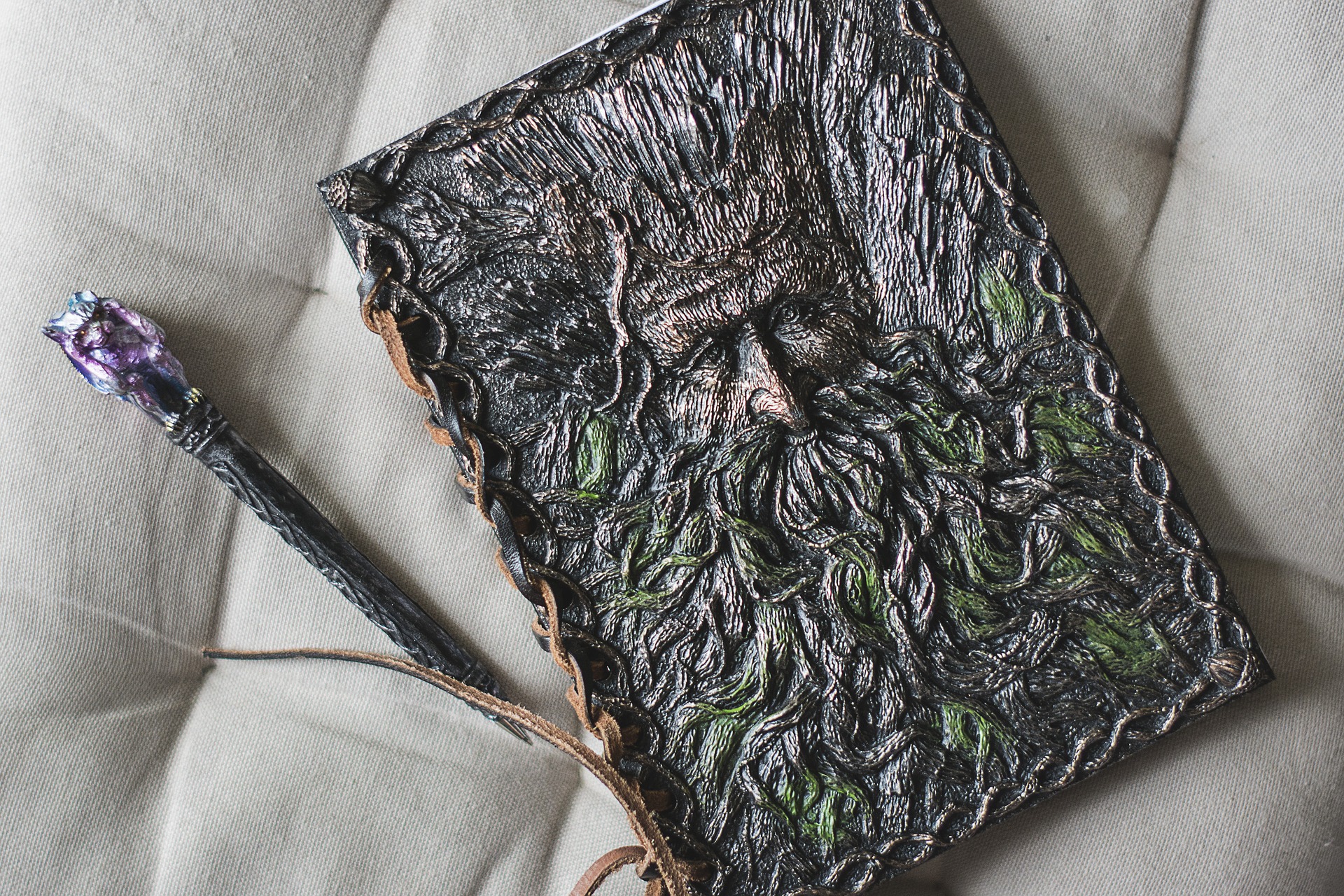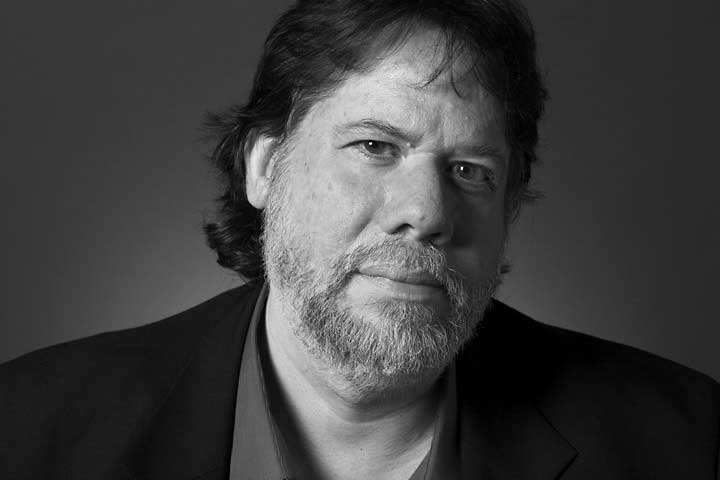Terry Tempest Williams is the author of the book “Refuge: An Unnatural History of Family and Place,” which contains this biographical essay. Williams uses the theme of nature and people being linked together throughout her writing. In “Clan of One-Breasted Women,” she uses her statistics and facts and details from her own family history of predominant breast cancer to explore how events occurring in the environment have long range, often unexpected events on people.
She begins by introducing her family history of cancer. This is matter-of-fact in her Mormon household, a religious group that, statistically speaking, historically has a low rate of cancer across the world, and her personal family history held only one person with cancer prior to 1960. After that, however, her family genes become uncommonly laden with breast cancer, from her grandmothers to her aunts, resulting in the name “Clan of One-Breasted Women.” This is a hereditary fact that persists, despite their culture of good eating and living by “the word of wisdom,” which is the law in the Mormon religion. The members of the households had simply put this deadly reoccurrence of the diagnosis down to “bad genes” and accepted it as the price to pay for being part of the family.
However, after her mother’s diagnosis of cancer and subsequent death, Williams is introduced by her father to the news that on September 7, 1957, she had been a very young witness to a bombing in the desert where she lived in Utah. Looking further into the bombing, she discovered that from January 27, 1951 through July 11, 1962, ground atomic testing was regularly performed and authorized by the United States government in the desert area outside of where she was born and raised and her family had lived for generations.
Putting the two events – the influx of cancer diagnoses in her family and the recurrence of nuclear bombing to her environment – together, she theorized her claim that the cancer that had destroyed so many of her family members had to have been an indirect result of contamination from these atomic bombs. She now argues that the land was contaminated, the water was contaminated, even the animals were contaminated, and this contamination of the food chain would naturally spread to the people living amongst that chain. Through the simplest things like eating from the animals or drinking from the wells, the contamination would spread and would then be spread from mother to child in a never-ending cycle of impending death.
The author continues to support her claim with facts and details regarding the much discussed and controversial bombings in Utah. The first suit filed against the United States was in 1979, Irene Allen v. The United States of America, with twenty-four test cases filing and almost twelve hundred people claiming cancer caused by the bombing. This suit took five years from filing to judgment, with the final judgment being that ten plaintiffs were awarded damage. Even though ten out of twelve hundred doesn’t seem like much, this was significant for the fact that the federal court had agreed that the radioactive fallout from the testing was the cause of these diagnoses.
The excitement of this justice was short lived, however, when in April 1987 the Appeals Court overturned the decision, saying that the United States is protected from any suit through the sovereign immunity – basically saying that no matter what happens in America, America cannot be held responsible. This was a hard line that could not be crossed, deliberately cutting off any future attempt at law suits or appeals right at the knees. The facts and details of these court cases cannot be argued, and are used by Williams to corroborate her claim.
Living with the Mormon philosophy that authority should be respected, Williams and the others of her family had accepted that there was nothing that they could do about the radioactive contamination that continues to destroy her family members one at a time. In fact, she herself had been told multiple times by her own relatives who were watching their loved ones deal with the horrible symptoms that come with cancer that she should let it go and just know that it was enough that they now knew why their family was burdened with this constant affliction. But with the continual inundation of diagnosis, chemotherapy, waiting rooms, and depressing observation of death and grief, Williams decided that her conscience had to overcome her upbringing and own moral beliefs, and she had to come forward and speak out for her family.
Without direct evidence, she admits that she has no proof that her family members have died as a result of the nuclear fallout, but that doesn’t stop her from spreading the data, such as the fact that it took her mother fourteen years from initial exposure to first evidence of cancer, which is what the documented claims of the experts say that radiation cancer requires before it is visibly evident. She has compiled research and data on the “virtually uninhabited” desert area that was the site of so much nuclear activity, and the damage done. Nuclear testing is still being done in the deserts of Utah, and she wants it to stop before it can cause further damage. As she says, “virtually uninhabited” means there still are inhabitants.
Williams has become an activist in the field of environmental impacts on people, both directly and indirectly, and has even been arrested for her convictions. She has testified before Congress regarding her concerns. Her appeal to the reader through facts and logic help argue her claim plausibly rather than emotionally, and her additional personal touches throughout her essay serves the purpose of linking the idea of human suffering with direct and indirect environmental origins.
About: Terry Tempest Williams (born 8 September 1955), is an American author, conservationist, and activist. Williams’ writing is rooted in the American West and has been significantly influenced by the arid landscape of her native Utah and its Mormon culture. Her work ranges from issues of ecology and wilderness preservation, to women’s health, to exploring our relationship to culture and nature.
Williams has testified before Congress on women’s health, committed acts of civil disobedience in the years 1987–1992 in protest against nuclear testing in the Nevada Desert, and again, in March 2003 in Washington, D.C., with Code Pink, against the Iraq War. She has been a guest at the White House, has camped in the remote regions of the Utah and Alaska wildernesses and worked as “a barefoot artist” in Rwanda.
Williams is the author of a number of books: Refuge: An Unnatural History of Family and Place; An Unspoken Hunger: Stories from the Field; Desert Quartet; Leap; Red: Passion and Patience in the Desert; The Open Space of Democracy; and Finding Beauty in a Broken World.
Some online learning platforms provide certifications, while others are designed to simply grow your skills in your personal and professional life. Including Masterclass and Coursera, here are our recommendations for the best online learning platforms you can sign up for today.
The 7 Best Online Learning Platforms of 2022
- Best Overall: Coursera
- Best for Niche Topics: Udemy
- Best for Creative Fields: Skillshare
- Best for Celebrity Lessons: MasterClass
- Best for STEM: EdX
- Best for Career Building: Udacity
- Best for Data Learning: Pluralsight









